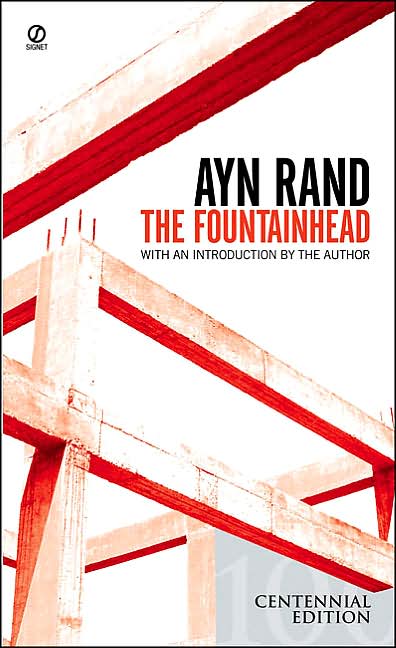Architects employ their creativity to see a structure of wood, concrete, steel, and other materials where nothing exists; they capture that image piece by piece on paper or computer; and they work to see that image created out of raw materials. Pretty cool, huh? I recently read a book called "The Fountainhead" by Ayn Rand in which the hero, Howard Roark, as an architect, is the prototypical creative man and she captures that creative power of his very nicely. The book's virtue isn't limited to its depiction of creativity, but that's one area where her passion really shines through.

Be careful with Ayn Rand - I can't agree with her philosophy on sexuality, but I found Fountainhead to be an excellent read. I had read her "Atlas Shrugged" years ago and I loved it and hated it. There was very little in Fountainhead that I didn't like. In my opinion, Roark was much closer to what a hero should be than the hero in Atlas. I was reading Emerson about the same time and I found some interesting similarities between his philosophy and Rand's depiction of Roark. Of particular interest was Emerson's "Self Reliance" - a great essay.

No comments:
Post a Comment